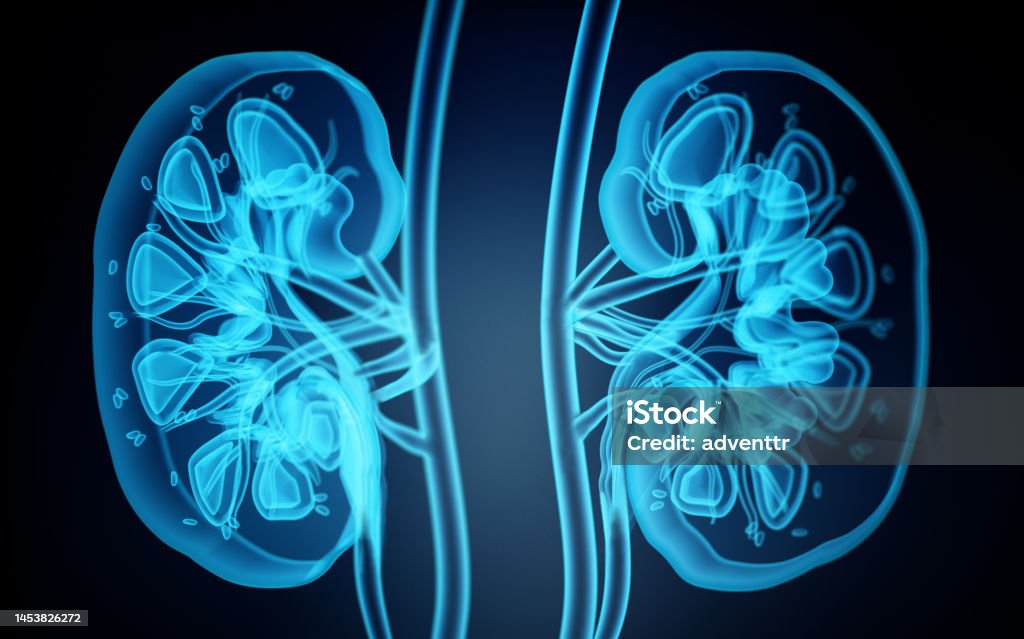The liver is the largest organ in the body. It is impossible to imagine life without it, as it has multiple functions essential to human metabolism: it produces certain proteins for blood plasma, produces bile, processes hemoglobin to distribute its iron content, purifies bilirubin, regulates blood coagulation and many other things. There are multiple common liver diseases that can compromise the functioning of this organ completely or partially.
Chronic alcohol abuse, infection by certain viruses, some hereditary disorders, cystic fibrosis, hemochromatosis and many other conditions can promote liver damage. The following lines list the most common diseases affecting the liver.
What are common liver diseases?
The U.S. National Library of Medicine defines liver diseases as “many diseases that prevent the liver from working or keep it from working properly.” Yellowing of the skin (jaundice), abdominal pain, fluid build-up, and weight loss are some of the common symptoms resulting from these conditions. The most common liver diseases are listed below in no particular order.
1. Liver cancer
Cancer occurs when cells in the body mutate, causing them to grow and divide uncontrollably (with or without giving rise to a tumor). Liver cancer is cancer that has its primary origin in liver tissue. It is estimated that this malignancy represents 2.4% of all cancers in certain high-income countries, such as the United States. The probability of developing it over a lifetime is approximately 1%, but its high mortality rate justifies its clinical importance.
This disease is associated with other liver diseases. For example, patients with chronic hepatitis B have a 25-40% lifetime chance of developing liver cancer. The bad news doesn’t end there: in all stages combined, the 5-year survival rate after diagnosis is 18%. If the person is suitable for transplantation in the early stages, the chances of overcoming the disease are much higher.
2. Liver cirrhosis
Cirrhosis of the liver is the final consequence of many chronic liver diseases. This condition is characterized by the replacement of the normal architecture of the liver with bands of fibrous tissue, which causes it to function less and less. If it is very advanced, cirrhosis is potentially fatal.
Chronic viral hepatitis (B, C and D), alcoholism and cystic fibrosis are some of the main causes of cirrhosis. It is estimated that this condition is responsible for around 800,000 deaths each year and, in Europe, it has a prevalence of 250 cases per 100,000 people per year. In Spain, this disease affects 1-2% of the population and is more common in men aged 50 years and older.
Up to 15% of alcoholics develop cirrhosis of the liver
3. Hepatitis A
Hepatitis A is a liver infection responsible for most cases of acute hepatitis worldwide. The virus infects liver cells and causes inflammation, but it is not responsible for permanent damage. There is no treatment for this disease, as the body itself generates antibodies against the pathogen and eliminates it over time. Resting at home and controlling nausea is usually sufficient.
4. Hepatitis B
Hepatitis B is a serious liver infection caused by the hepatitis B virus. If the condition lasts for a short time (less than 6 months), it is considered acute, but it can become chronic when it does not disappear beyond the established limit. Up to 90% of infected children develop a chronic stage, while this percentage in healthy adults is much lower (2 to 6%). This last scenario must be treated pharmacologically with antiviral drugs, interferon injections and even a transplant.
Acute hepatitis B usually does not require treatment.
Hepatitis C is a viral infection that causes inflammation of the liver, just like the two previous conditions. However, there are clear differences between them: hepatitis B can be transmitted during sexual contact and the mixing of fluids, while C is almost always transmitted through blood. Up to 30% of people with hepatitis C fight the disease and recover spontaneously within 6 months, but the remaining 70% develop a chronic variant.
The probability of developing cirrhosis resulting from chronic hepatitis C is 15 to 30% after 20 years. Fortunately, antiviral treatments are becoming more and more effective and their function is to prevent this from happening.
6. Hepatitis D
Interestingly, this infection only causes symptoms in people who are already infected with the hepatitis B virus. Specifically, it affects up to 5% of the world’s population who have chronic hepatitis B. In itself, it is not a lethal condition, but it can accelerate the progression of the disease already present in 70-90% of patients.
7. Hepatitis E
Although little known, it is necessary to mention the last of the common liver diseases of viral nature. Hepatitis E affects about 20 million people worldwide and accounts for 3.3% of deaths due to viral hepatitis. A significant percentage of those infected do not show symptoms, but the disease can cause severe health problems in low-income countries where health care is poor.
8. Fatty liver
Fatty liver disease is a condition in which, as its name suggests, excess fat accumulates in the liver. This pathology has a significant global prevalence, affecting 10 to 24% of the population in several countries. It should be noted that 65% of people with type I-II obesity develop fatty liver, although the probability increases to 85% when talking about type III obesity.
Fatty liver can be alcoholic (derived from the consumption of this substance) or non-alcoholic (more common in diabetics, prediabetics and obese people). In general, these conditions cause mild or no symptoms, which makes their diagnosis and clinical approach difficult. Losing weight if necessary and giving up alcohol are the most useful fronts to treat fatty liver, since today there are no approved medications for this front.
Non-alcoholic fatty liver disease affects 20-30% of the world’s population.
9. Hemochromatosis
Hemochromatosis is a condition in which excess iron accumulates in the body. Genetic hemochromatosis is caused by inherited DNA mutations that are passed down from parents to children. On the other hand, there are secondary conditions that are acquired throughout life due to certain imbalances (for example, the need for multiple blood transfusions or excessive consumption of supplements).
Hemochromatosis can be safely and effectively treated by periodically removing blood from the body, known as phlebotomy. The aim of this procedure is to reduce the amount of iron in the body. For those who cannot tolerate the removal, the drug deferoxamines, which increases iron removal, can be used, but this treatment is less effective.
10. Wilson’s disease
Wilson’s disease is a rare inherited disorder, but it should be considered when discussing common liver diseases. This condition causes the pathological accumulation of copper in various organs and tissues, especially in the liver and brain. Its estimated prevalence is 1 case in 30,000 live births.
Wilson’s disease is inherited in an autosomal recessive pattern. The condition is present from birth, but symptoms begin to appear between the ages of 5 and 35. Interestingly, the most characteristic clinical sign is the presence of a brown ring around the cornea of the eye.
Some of the medications used to treat Wilson’s disease include penicillamine, trainline, and zinc acetate. The goal is to help the body eliminate copper before it builds up and becomes harmful. If liver damage from Wilson’s disease is severe, a liver transplant may be necessary.
11. Primary sclerosing cholangitis
Primary sclerosing cholangitis is a disease of the bile ducts. The main functions of these structures are to transport bile through the liver and release it into the second part of the duodenum. In this condition, the bile ducts become inflamed and scarred, causing them to narrow and resulting in liver damage. The disease progresses slowly and leads to frequent infections, liver failure and tumors.
The causes of this disease are not clear, but its appearance is often associated with inflammatory bowel disease. There are multiple drugs that seek to slow down the liver damage caused by this condition, but liver transplantation is the only approach that can cure the disease today. In addition, although it is not common, the disease can reappear after this surgery.
12. Hepatitis autoinmunitaria
Autoimmune hepatitis occurs when cells involved in the human immune system mistakenly destroy liver tissue. These attacks can lead to ongoing organ damage and chronic inflammation.
Initial treatment for this condition involves the administration of prednisone, a synthetic corticosteroid drug. Unfortunately, this drug has a wide range of side effects, so the goal is to reach the lowest possible dose to control the disease. Autoimmune hepatitis often recurs if the proper drug regimen is not followed, so treatment is lifelong.
For Any alike Symptoms or Diseases You may Contact Us at:
+91 9266782222
+91 9711224402







